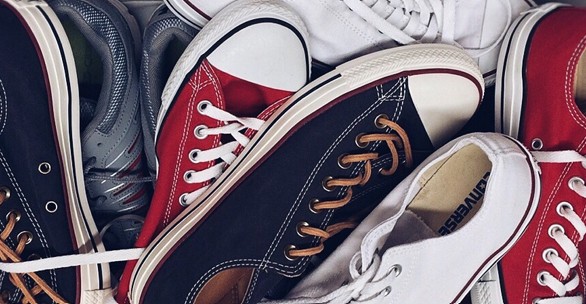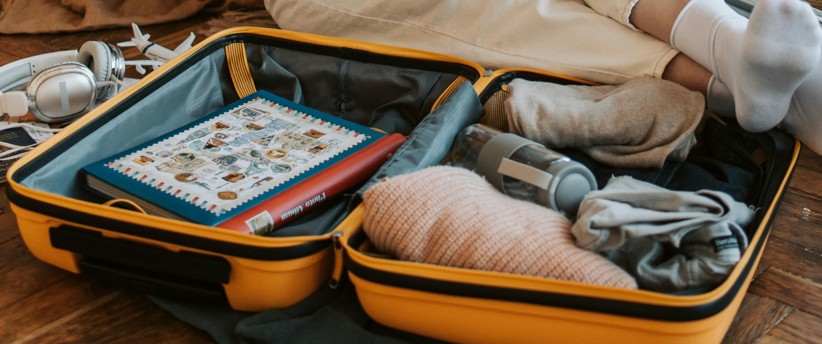
Free Soles – TSA Gives Shoe Removal The Boot

On July 8, Homeland Security Secretary Kristi Noem officially canceled the TSA’s “Shoe-Off” policy at the nation’s airports. Established in August 2006 in the post-9/11 world of heightened security, the policy required passengers to remove their footwear for scanning. It was one more small indignity suffered when traveling by air.
Now it’s over.
Step Right Up…
As Noem noted, “Ending the ‘Shoes-Off’ policy is the latest effort DHS is implementing to modernize and enhance traveler experience…
The goal? Quicker checkpoint flow and happier passengers. It’s another step toward travelers’ fervent wish for a one-minute journey from terminal door to gate. Achieving that wish won’t be easy, though. According to Axios, wait times average 27 minutes per checkpoint – and that’s without shoe hassles. This is a great first step, shall we say.
Airports such as SFO, LAX, and LaGuardia have already implemented the new policy, with more airports joining the wave.
The change reflects the steady improvement of shoe-scanning tech and expanded CT imaging at airports. But don’t pop open the champagne yet. If your footwear triggers the scanner, TSA may still request removal.
Critics are happy to see common sense finally triumphing over fear. The policy’s very effectiveness has long been questioned. The Verge points out that focusing on shoe bombs invites terrorists to shift tactics, rather than beefing up effective surveillance.
CNBC and CBS News confirm that the TSA sees this change as both “dramatic” and “long overdue.”
And While You’re At It, Kristy…
Just this week, Secretary Noem hinted at possible updates to the 3‑1‑1 liquids rule. Traveling with a full-sized bottle of shampoo? Now I no longer have to ditch the ridiculously expensive bottle of water I bought at the airport shop? Score!
Traveling is enough of a hassle as it is. Let’s hope sensible policies and smarter tech reduce the problems and preserve the safety of millions who fly each-and-every year.



